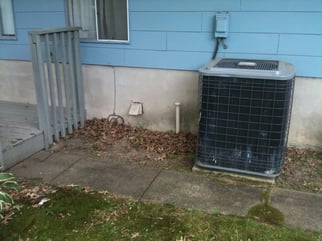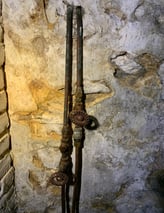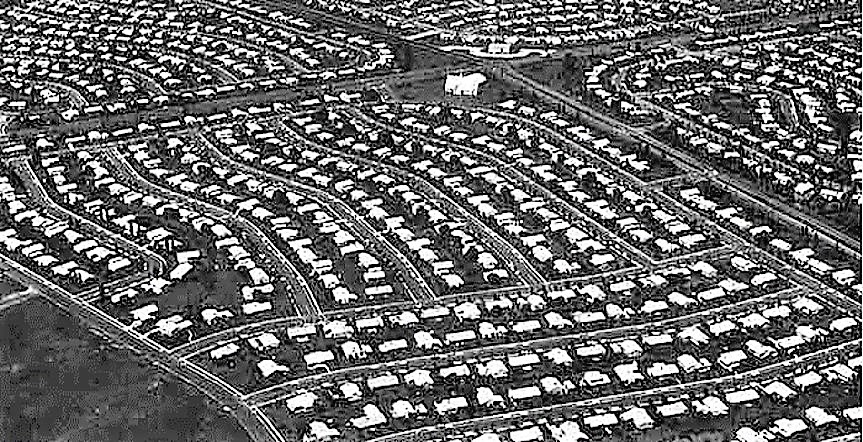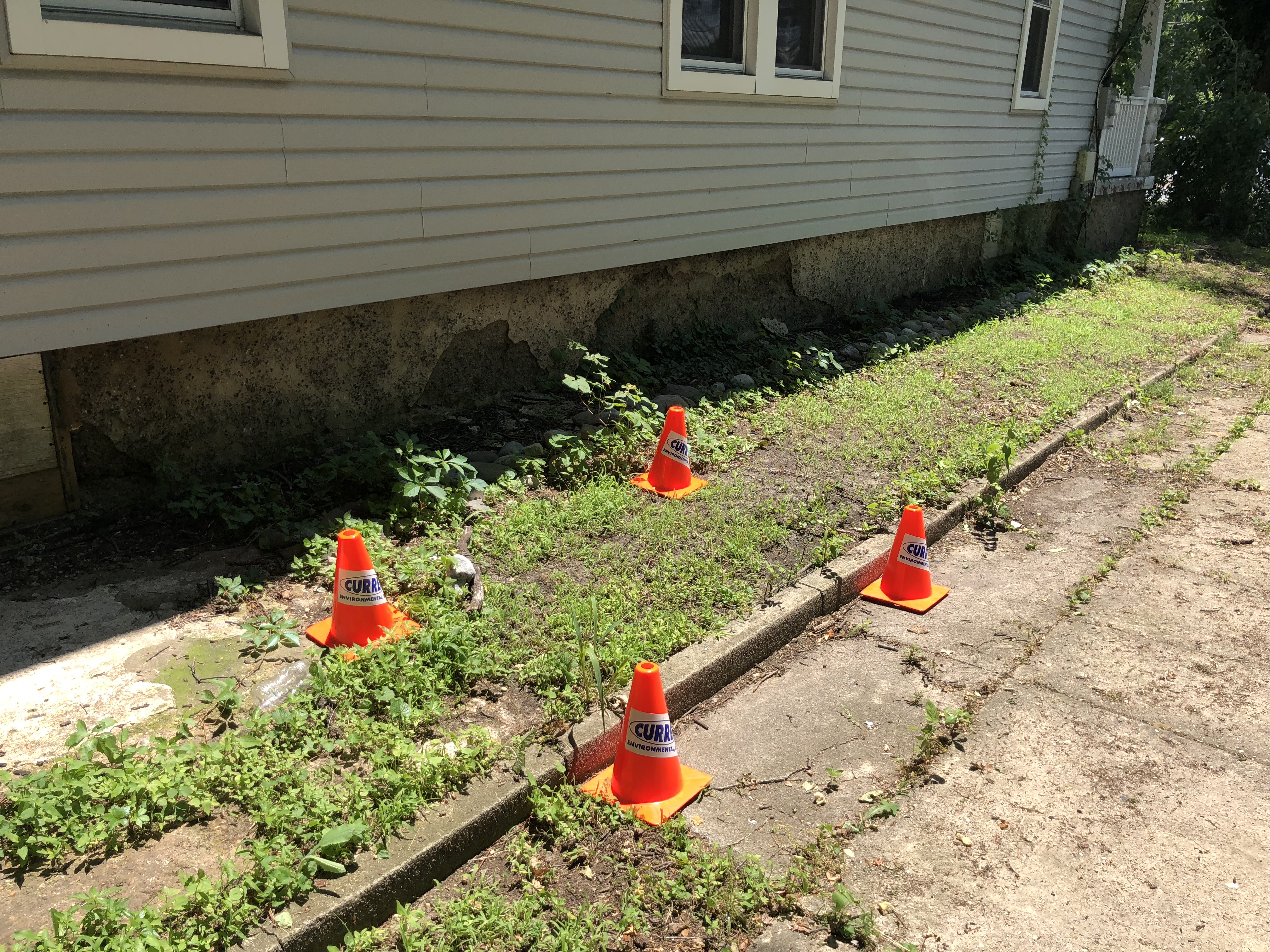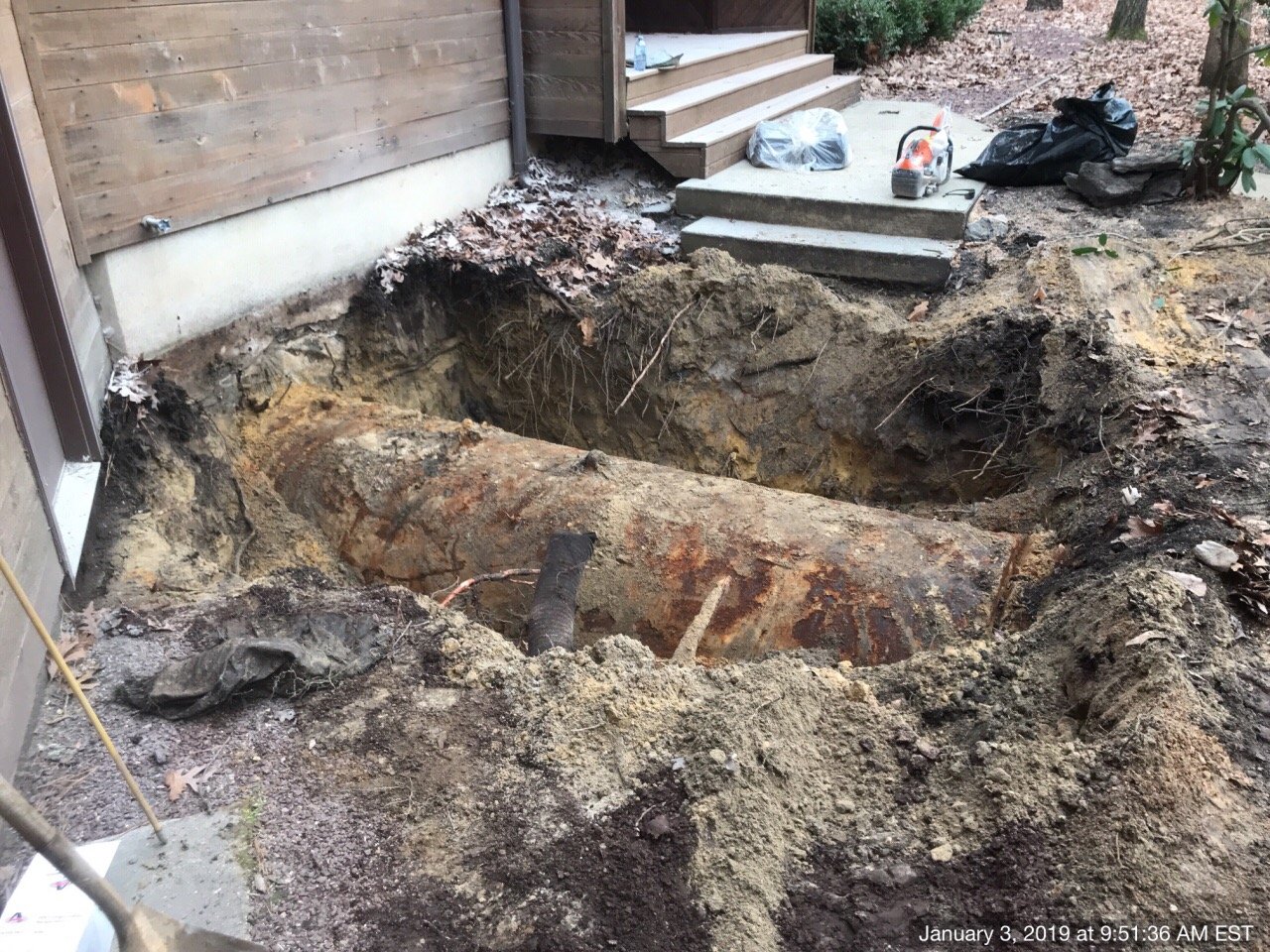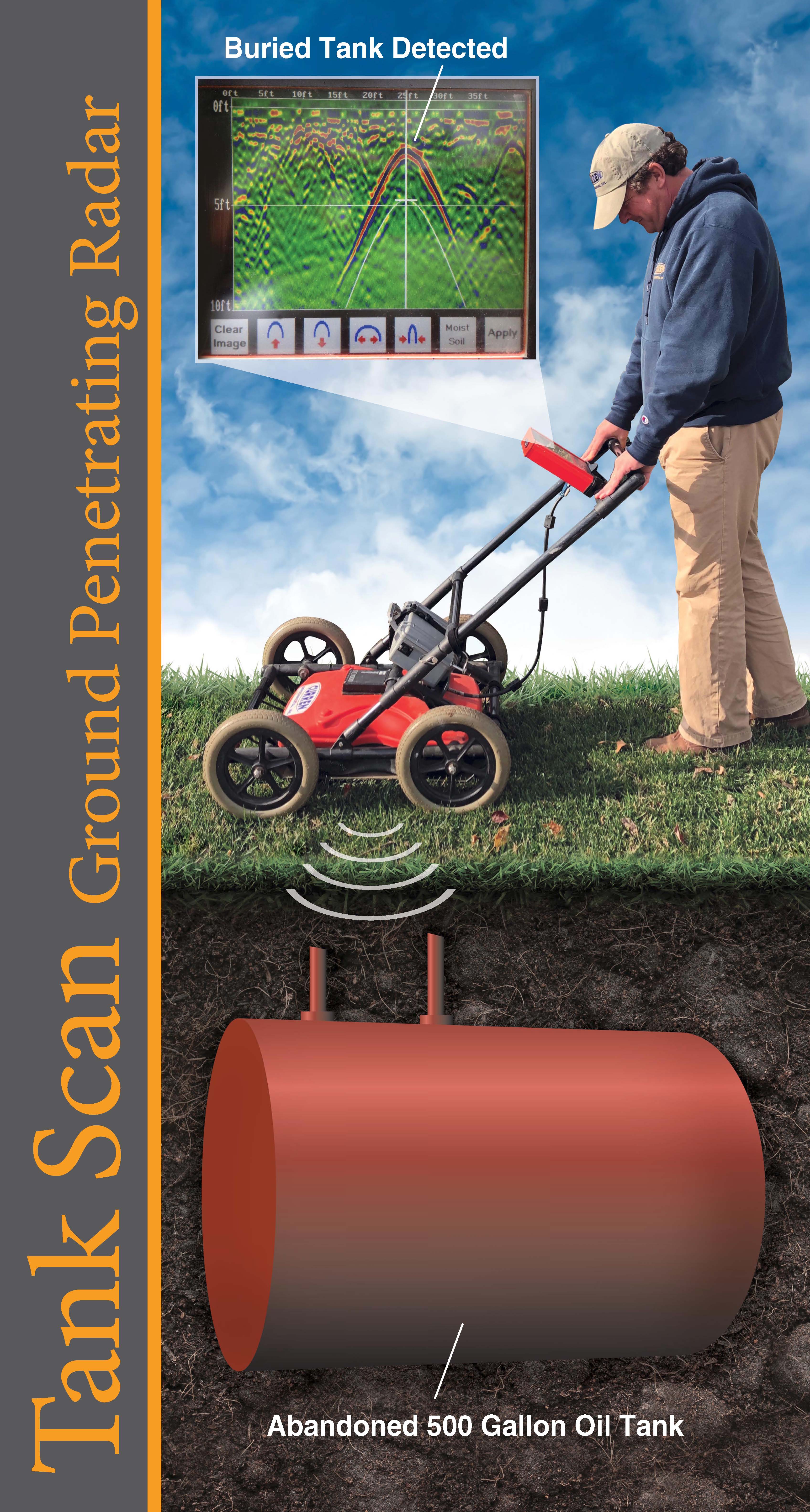The Problem with Metal Detectors for Underground Storage Tank Detection
Have you ever used a metal detector at the beach? You probably found pennies, nickels, dimes, maybe some paper clips or a thumb tack. But did you ever find that diamond ring or emerald necklace that would be like winning the lottery? Probably not.
That's exactly what it's like using a metal detector to find Underground Storage Tanks (USTs).
Why Metal Detectors Fail for UST Detection
Here's the fundamental problem: metal detectors find ALL metal, not just underground storage tanks. Consider what surrounds every home:
- HVAC units and air conditioning systems
- Chain-link fencing
- Reinforced concrete with rebar
- Underground utilities and pipes
- Electrical conduits and wiring
When you hire someone with an $800 metal detector who charges $200 to essentially "find a penny," you're not getting the precision you need for underground storage tank detection.
The Hidden Costs of Inaccurate Tank Detection
 Real Case Study: A homeowner purchased a property after having a metal detector scan performed. When they later tried to sell, a potential buyer hired Curren Environmental to perform a GPR scan. Result? We found a leaking underground storage tank that the metal detector had missed entirely. The remediation cost exceeded $45,000.
Real Case Study: A homeowner purchased a property after having a metal detector scan performed. When they later tried to sell, a potential buyer hired Curren Environmental to perform a GPR scan. Result? We found a leaking underground storage tank that the metal detector had missed entirely. The remediation cost exceeded $45,000.
Don't let this happen to you.
Why Ground Penetrating Radar (GPR) is Superior for Tank Scanning
What is Ground Penetrating Radar?
Ground Penetrating Radar (GPR) is a geophysical method developed over the past thirty years specifically for shallow, high-resolution subsurface investigations. Unlike metal detectors, GPR uses high-frequency pulsed electromagnetic waves (10 MHz to 1,000 MHz) to create detailed underground maps.
Key Advantages of GPR for Underground Storage Tank Detection
1. Detects Non-Metallic Objects
- Finds plastic pipes and non-conductive materials
- Locates tanks regardless of material composition
- Identifies buried objects metal detectors completely miss
2. Real-Time Subsurface Imaging
- Provides immediate visual feedback
- Shows exact location and depth
- Offers adjustable digital color displays
- No waiting for data processing
3. Precision Over General Detection
- Specifically designed for underground tank scanning
- Distinguishes between tanks and other buried objects
- Reduces false positives dramatically
How GPR Technology Works
GPR operates by:
- Propagating energy downward into the ground
- Reflecting signals back from boundaries with electrical property contrasts
- Creating detailed subsurface maps of solid buried objects
- Providing real-time analysis for immediate decision-making
Professional GPR Equipment vs. Consumer Metal Detectors
Investment in Professional Technology
Professional GPR units cost over $20,000 and require trained technicians to operate effectively. This isn't just equipment—it's an investment in:
- Accurate results the first time
- Avoiding costly mistakes like missed tanks
- Professional expertise in interpretation
- Comprehensive reporting and documentation
Optimal Scanning Conditions
GPR performs best in:
- Unpaved areas (grass, dirt, gravel)
- Non-landscaped spaces with minimal obstructions
- Areas without heavy concrete or asphalt coverage
Real-World Case Studies and Success Stories
Case Study 1: The $20,000 Mistake
 Situation: The Homeowner relied on a metal detector scan for the property purchase. Problem: Metal detector missed a leaking underground storage tank. Solution: GPR scan identified the tank location. Outcome: Tank removal and $20,000+ remediation required
Situation: The Homeowner relied on a metal detector scan for the property purchase. Problem: Metal detector missed a leaking underground storage tank. Solution: GPR scan identified the tank location. Outcome: Tank removal and $20,000+ remediation required
Case Study 2: Inconclusive Metal Detective Results
Situation: Multiple properties with "inconclusive" metal detector scans. Problem: Recommendations to "dig it up" or get GPR scan. Solution: Curren Environmental GPR scanning Outcome: Definitive results without unnecessary excavation
Frequently Asked Questions About Underground Storage Tank Detection (GPR FAQ)
Q: How much does professional GPR tank scanning cost compared to metal detection?
A: While GPR scanning has a higher upfront cost, it prevents expensive mistakes. Curren has seen up to $500,000 in soil remediation costs.
Q: Can GPR detect tanks under concrete or pavement?
A: Yes, though signal quality may be reduced. Professional GPR equipment can penetrate various surface materials.
Q: How deep can GPR detect underground storage tanks?
A: GPR can typically detect tanks at depths of 10-15 feet, depending on soil conditions and tank size.
Q: Is GPR safe for my property?
A: Absolutely. GPR is non-invasive and doesn't damage landscaping, driveways, or structures.
The Bottom Line: GPR vs. Metal Detectors for Underground Tank Detection
Remember this key distinction:
- Metal detectors find anything metal in the ground
- Ground Penetrating Radar specifically scans for Underground Storage Tanks
 When you're dealing with property purchases, environmental compliance, or potential contamination issues, you need precision, not guesswork.
When you're dealing with property purchases, environmental compliance, or potential contamination issues, you need precision, not guesswork.
Ready to Schedule Professional Underground Storage Tank Detection?
Don't risk the costly mistakes that come with inadequate tank detection methods. Contact Curren Environmental for professional GPR tank scanning services that deliver accurate, reliable results.
Professional GPR tank scanning protects your investment and ensures environmental compliance.
For more information about professional underground storage tank detection services, contact Curren Environmental. Our technicians use state-of-the-art GPR technology to provide accurate, reliable results for residential and commercial properties.




 Oil tanks belong to the property and if you buy a home with an oil tank you purchased all the costs associated with the oil tank, including oil tank removal, soil testing, and the most expensive part soil remediation (if required).
Oil tanks belong to the property and if you buy a home with an oil tank you purchased all the costs associated with the oil tank, including oil tank removal, soil testing, and the most expensive part soil remediation (if required).  Metal detectors beep if they find iron sand (a real thing), buried pipes, get too close to a metal fence or a structure with metal (yes homes have metal) or simply encounter buried metallic trash. GPR uses a screen so the geophysical technician can see the graphical image detected by the GPR antenna. Larger signals are tanks, smaller signals are usually pipes.
Metal detectors beep if they find iron sand (a real thing), buried pipes, get too close to a metal fence or a structure with metal (yes homes have metal) or simply encounter buried metallic trash. GPR uses a screen so the geophysical technician can see the graphical image detected by the GPR antenna. Larger signals are tanks, smaller signals are usually pipes.

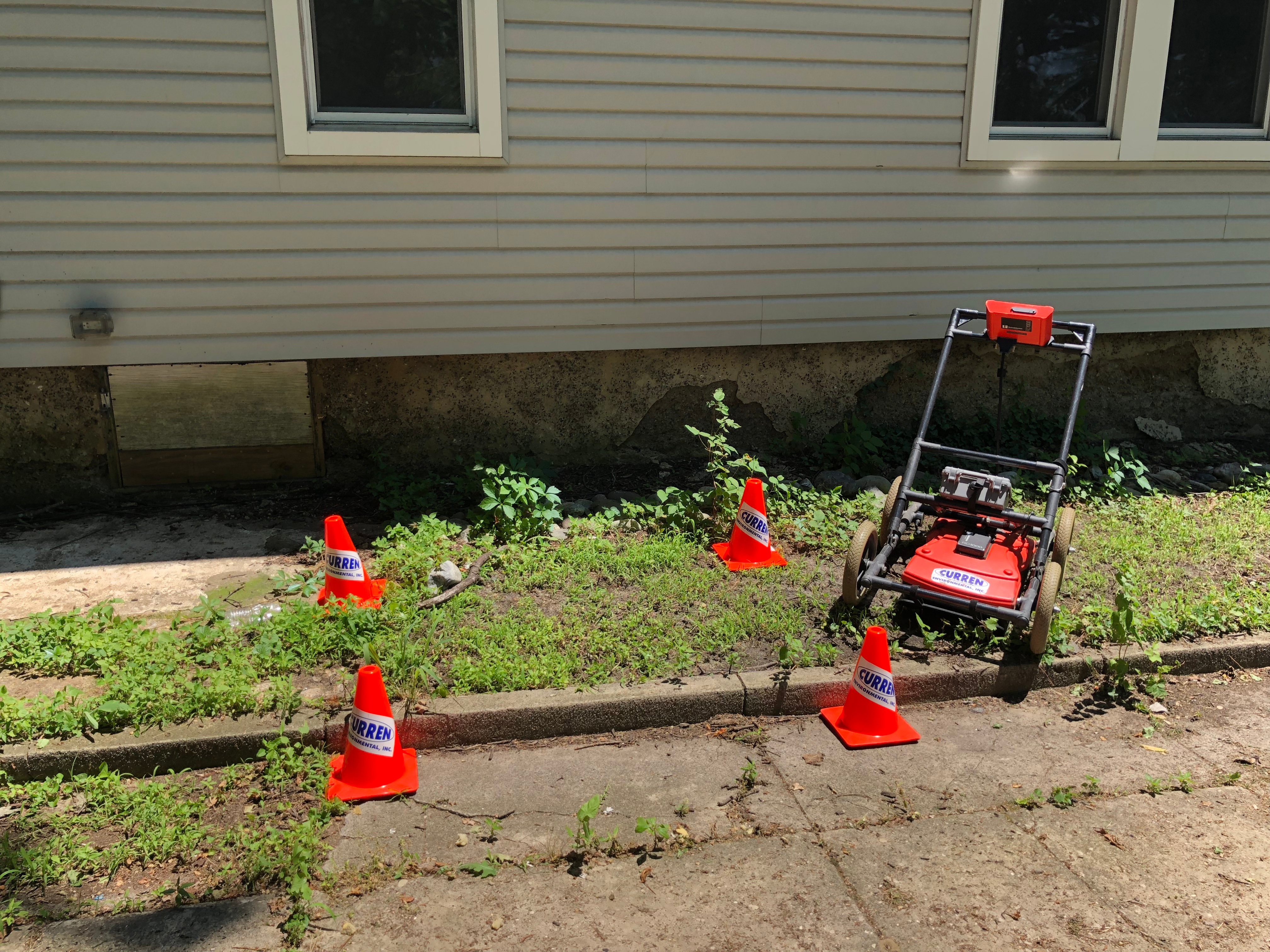
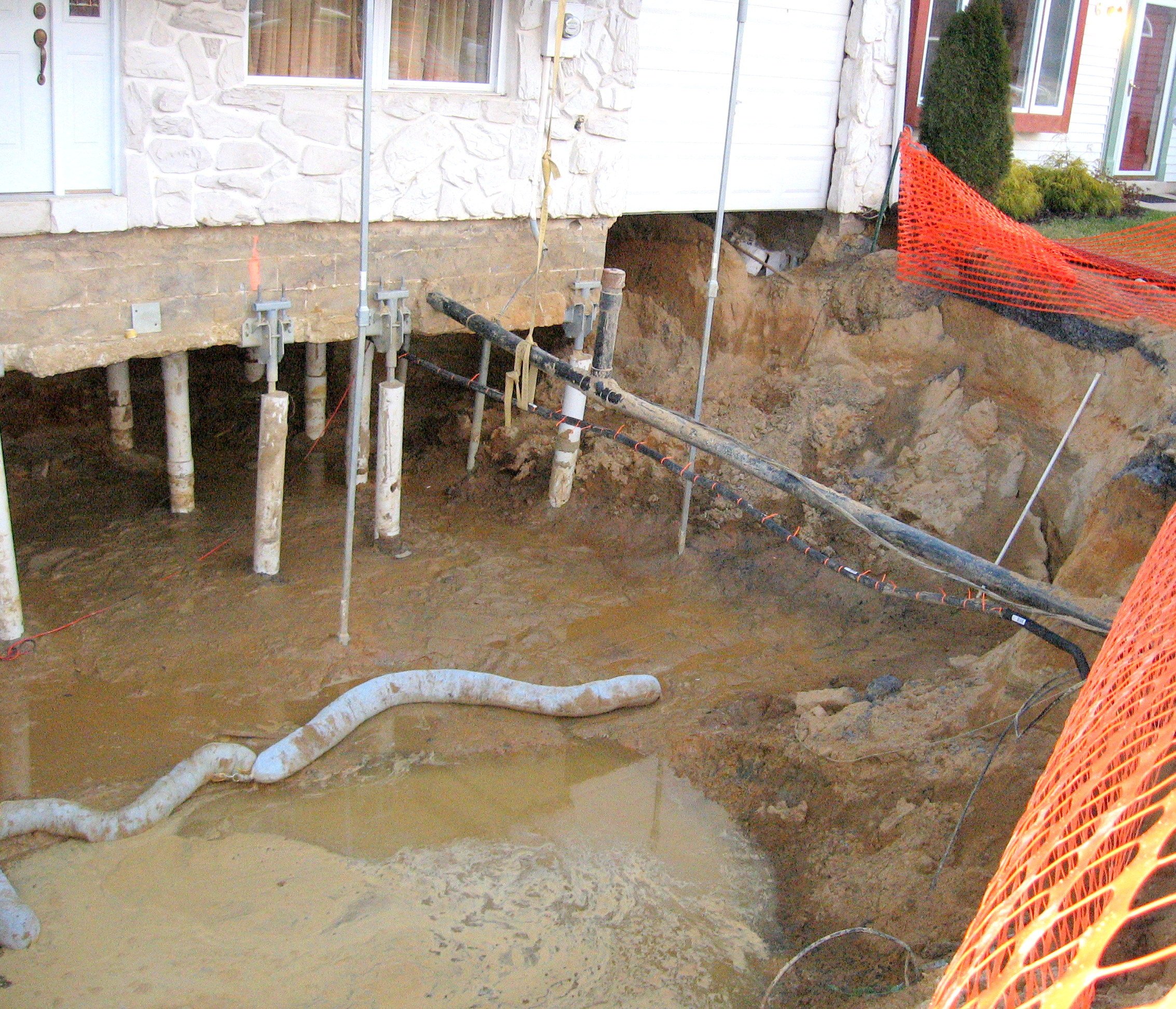




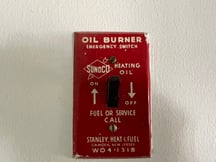
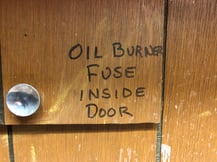
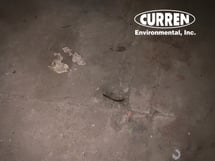
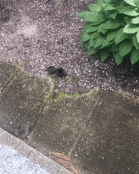
![lClUW0yuSZuqaJQmdD7CjA[1]](https://www.currenenvironmental.com/hs-fs/hubfs/lClUW0yuSZuqaJQmdD7CjA%5B1%5D.jpg?width=227&height=171&name=lClUW0yuSZuqaJQmdD7CjA%5B1%5D.jpg)
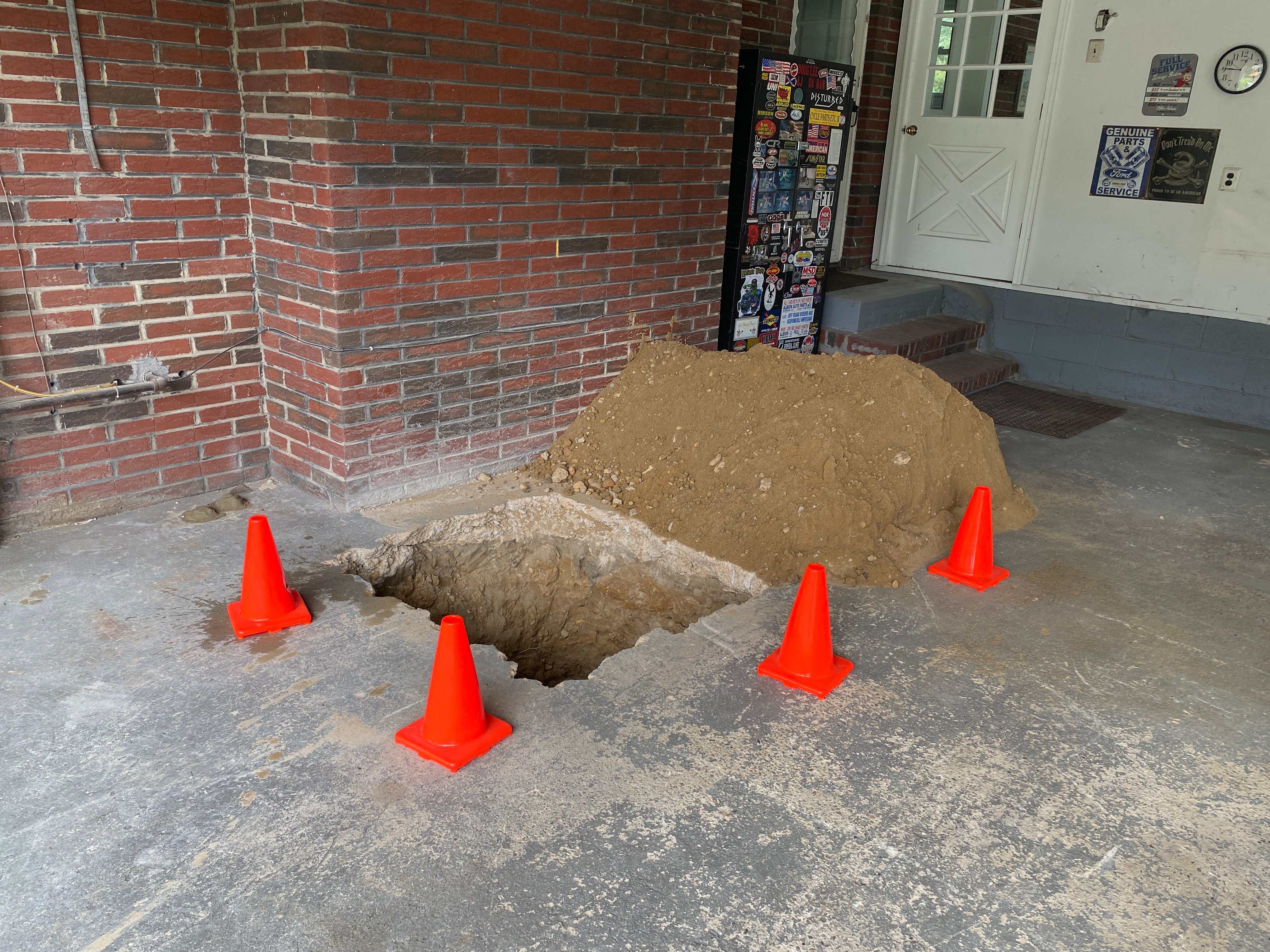
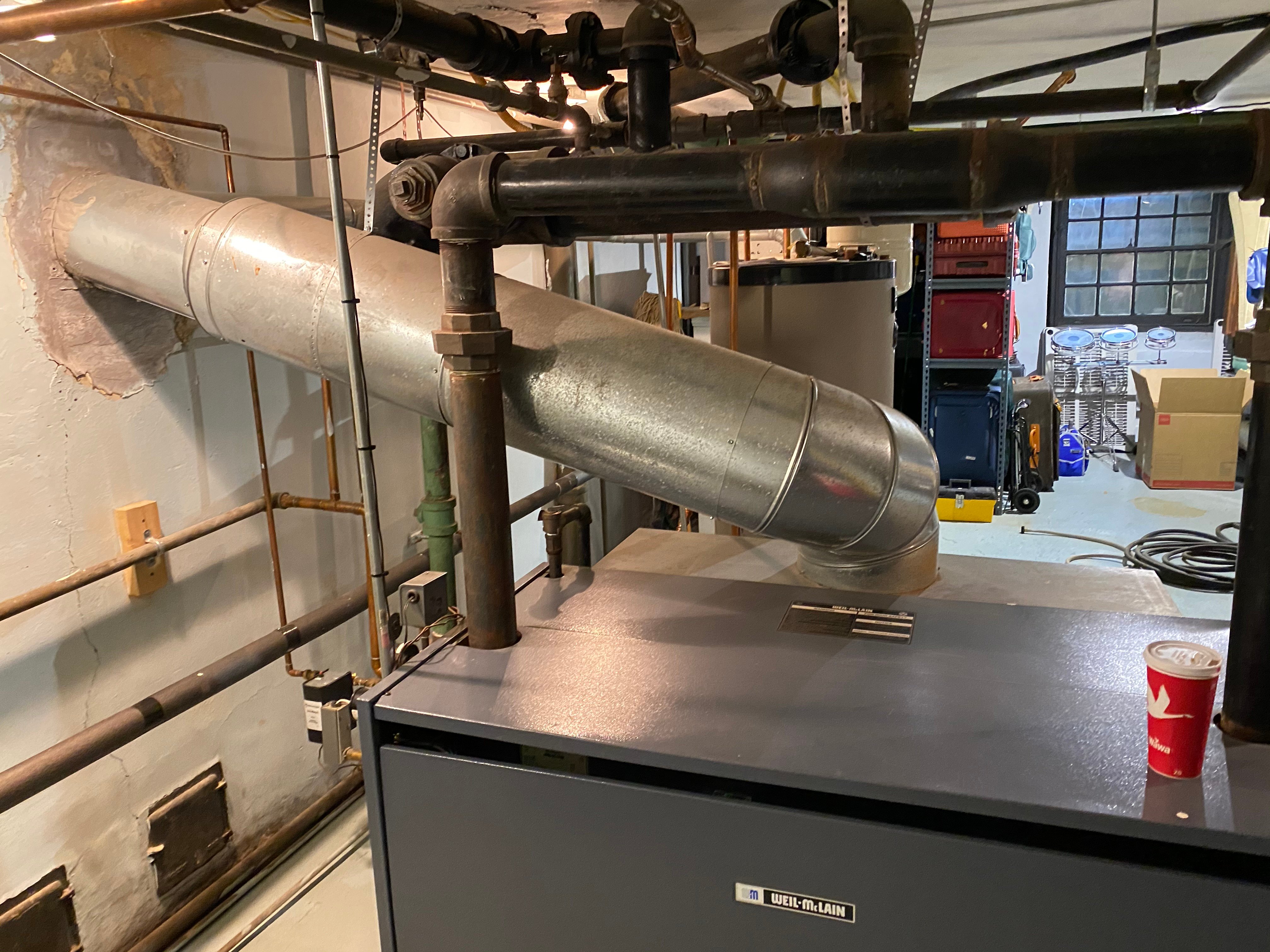
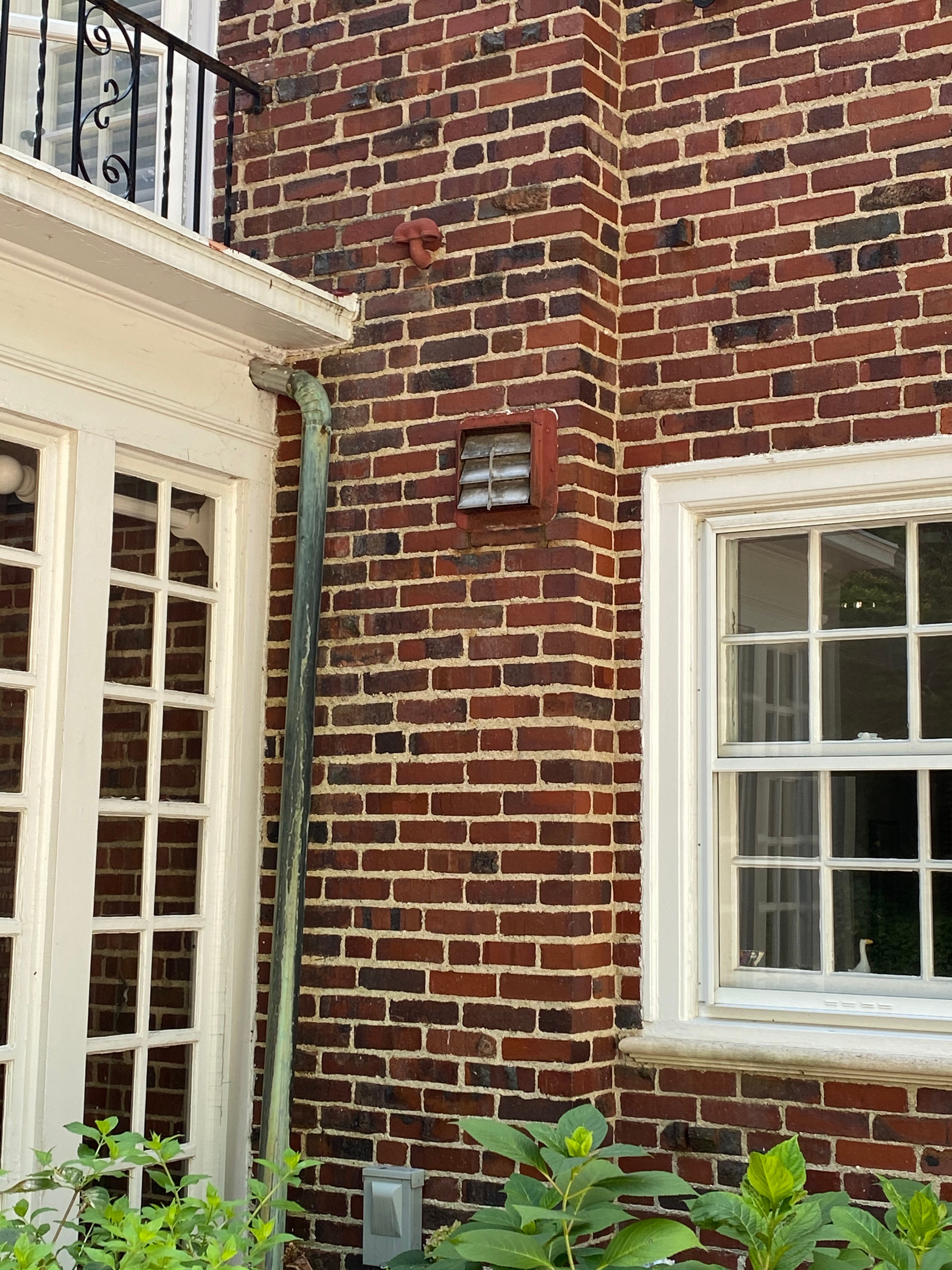
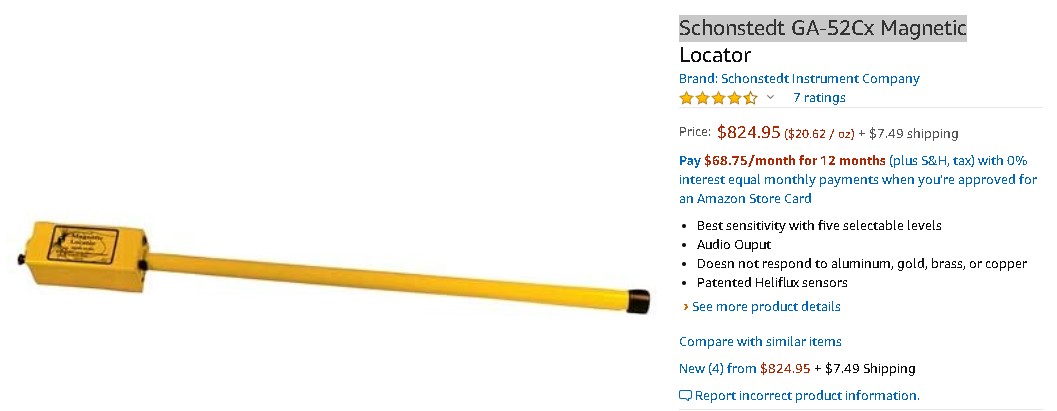
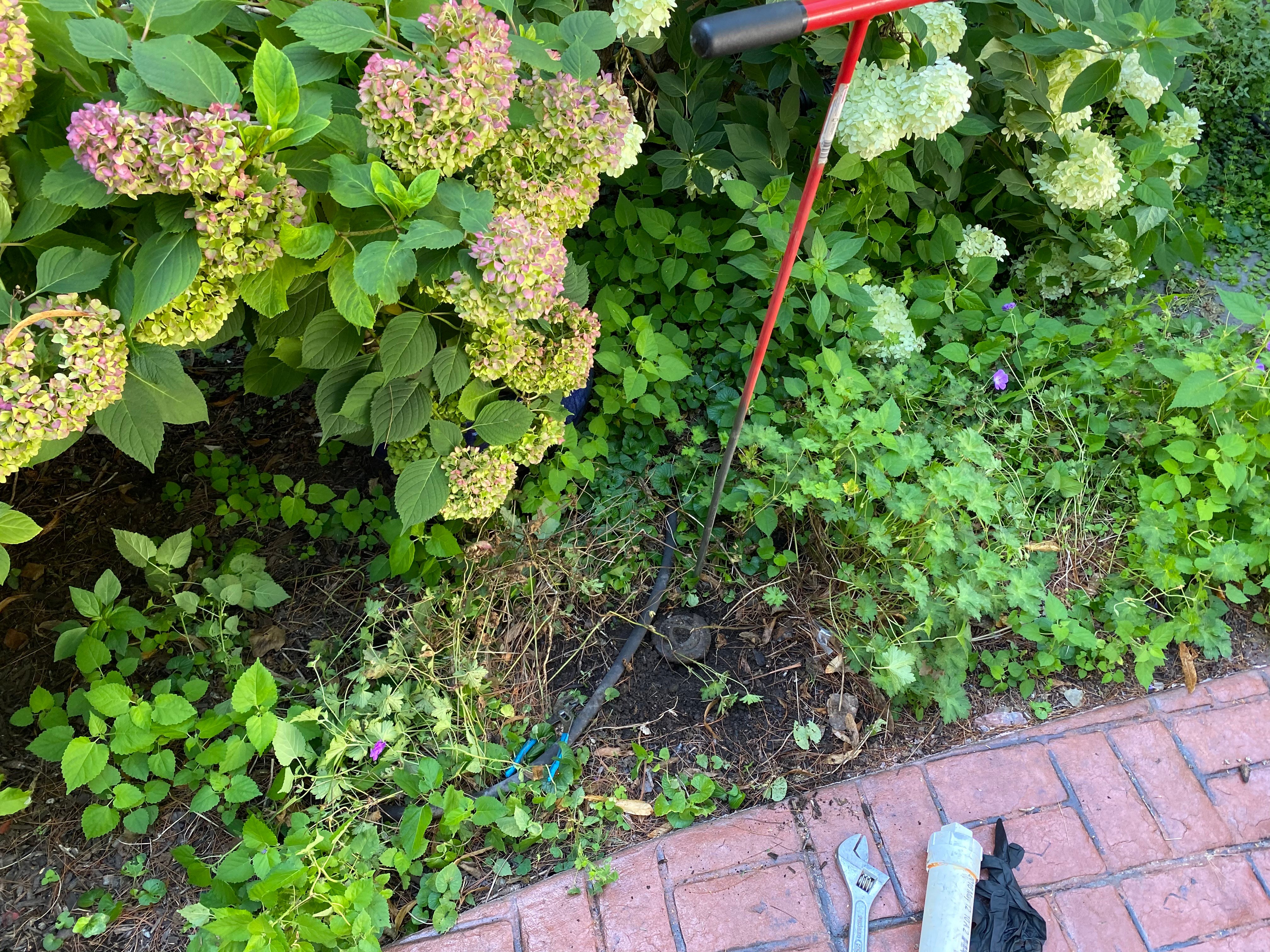
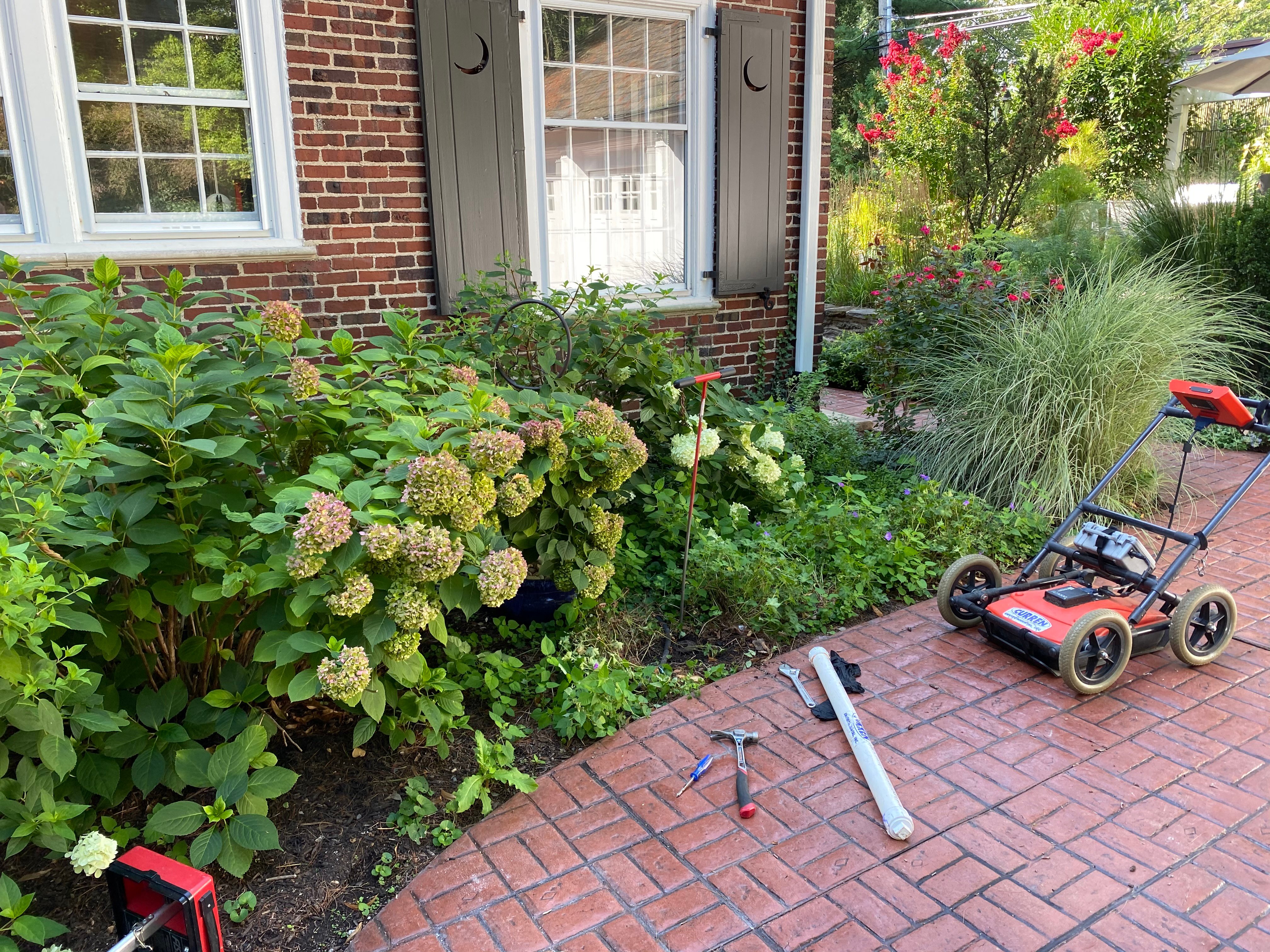
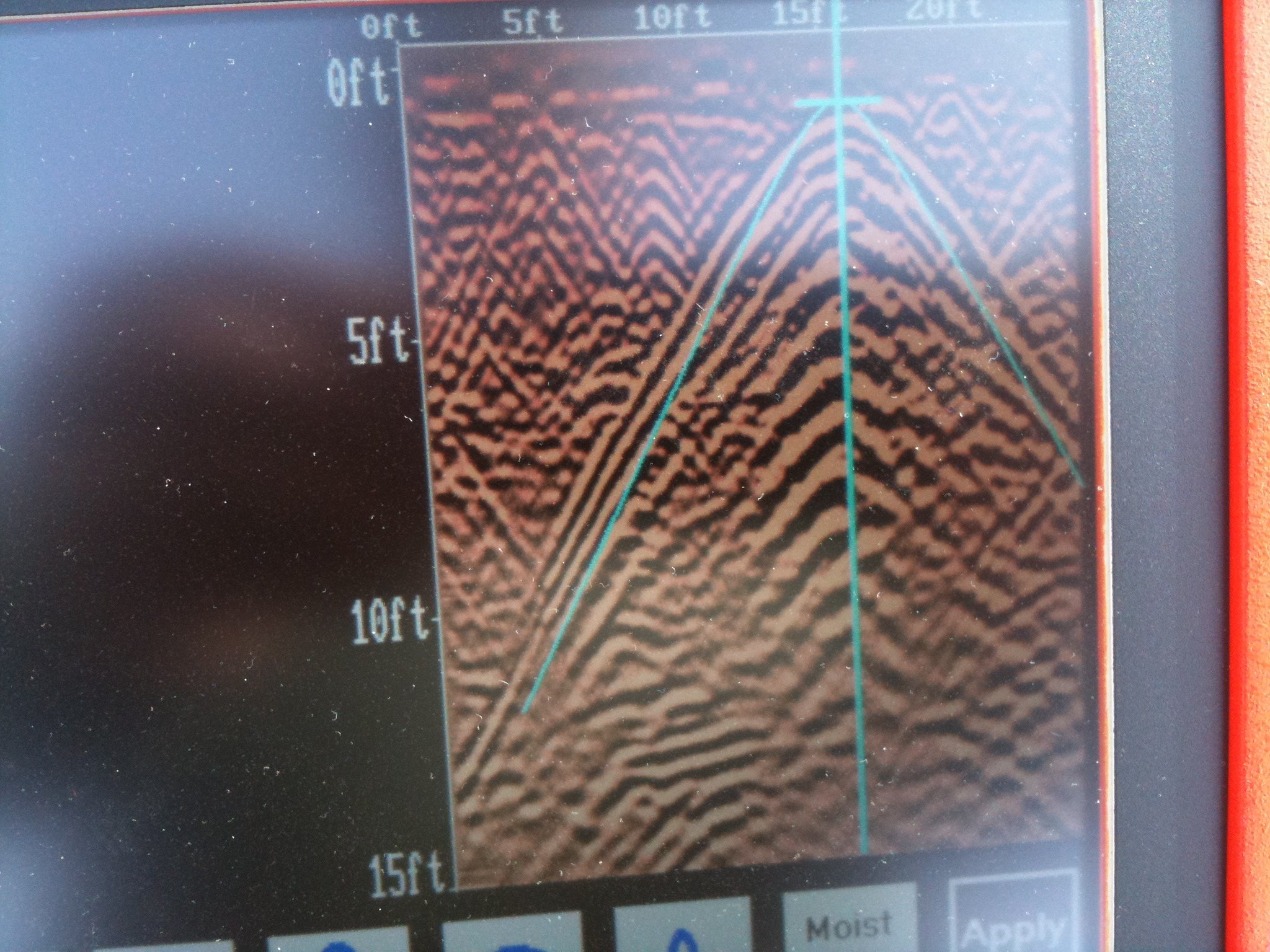

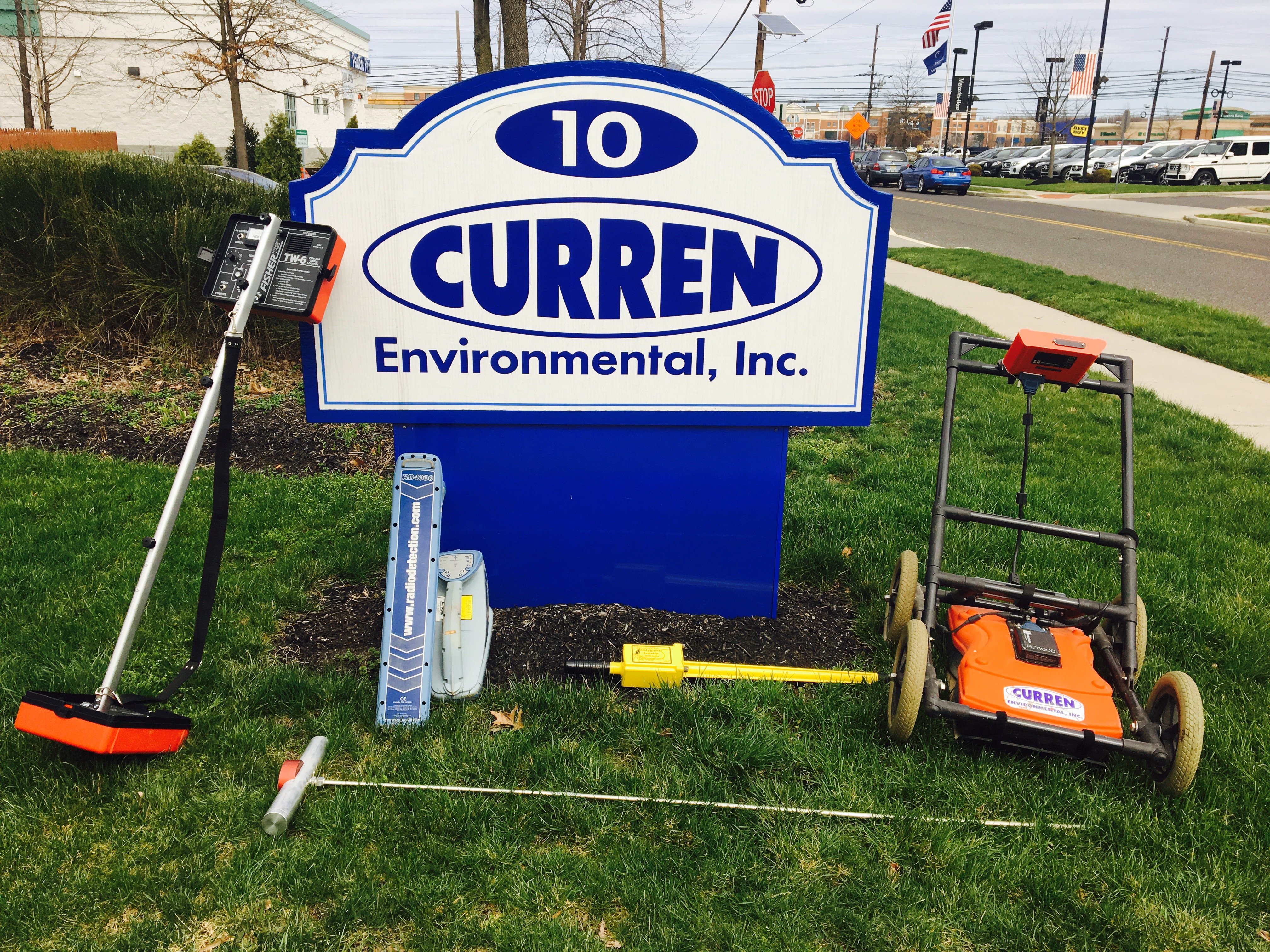
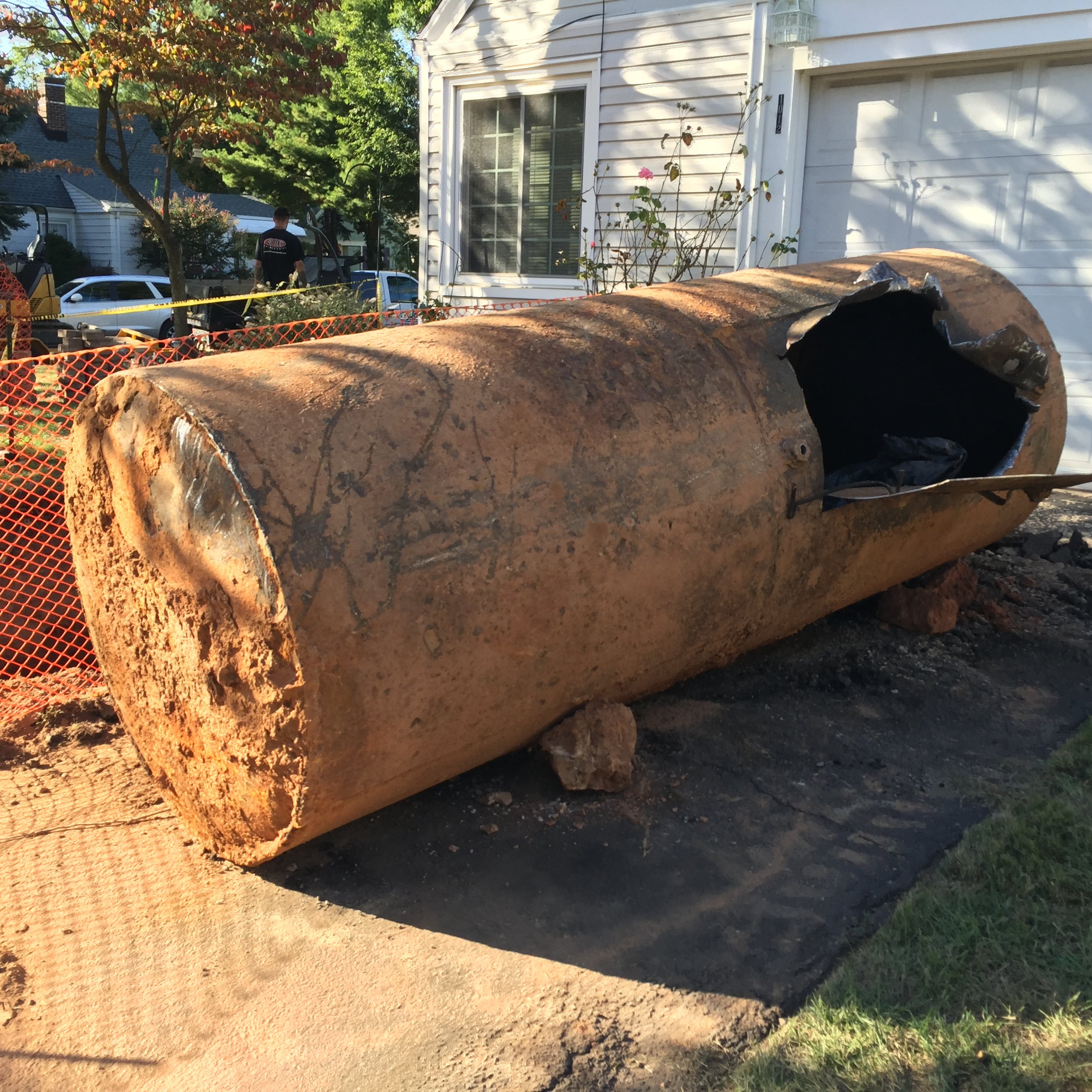

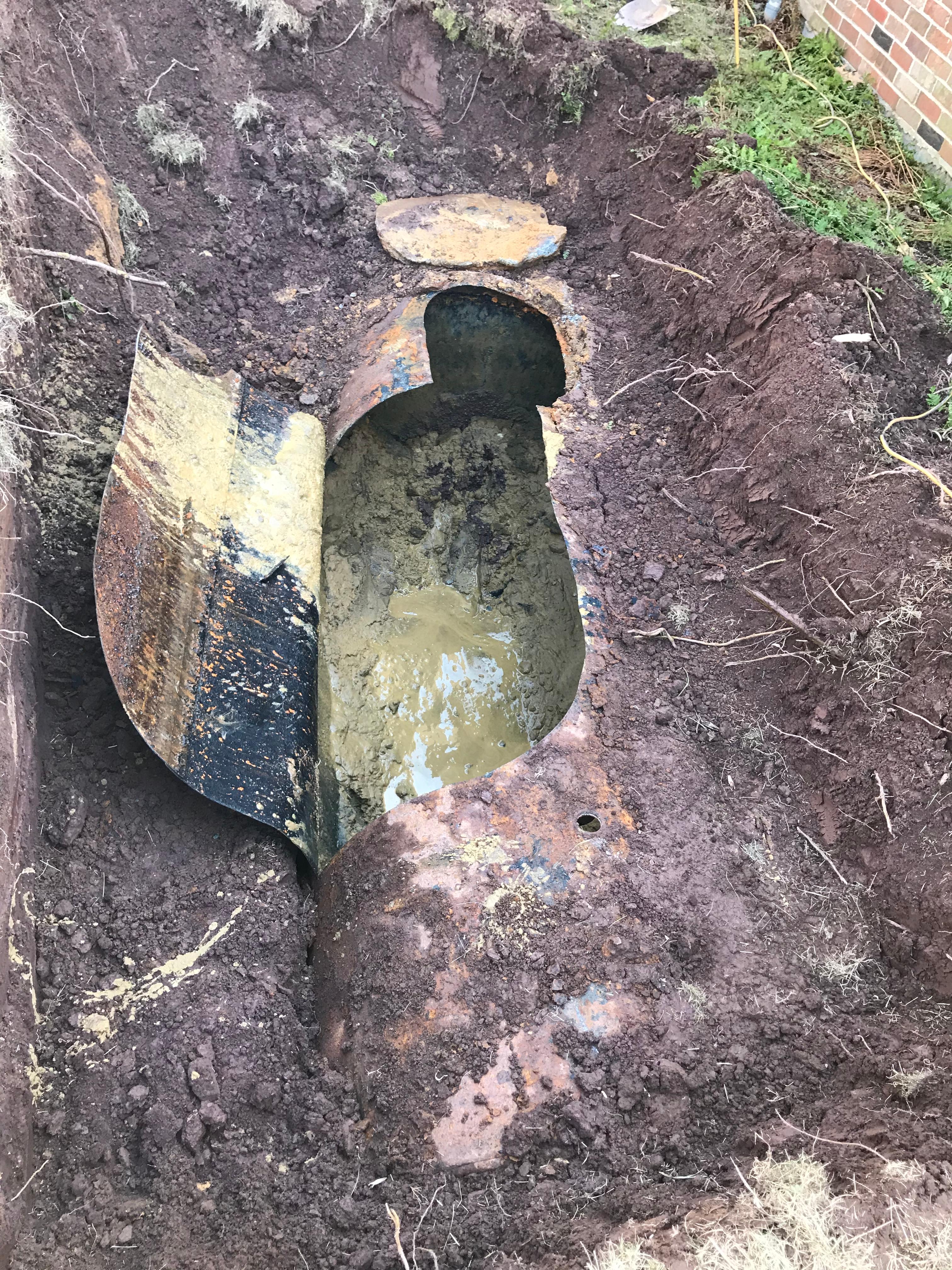
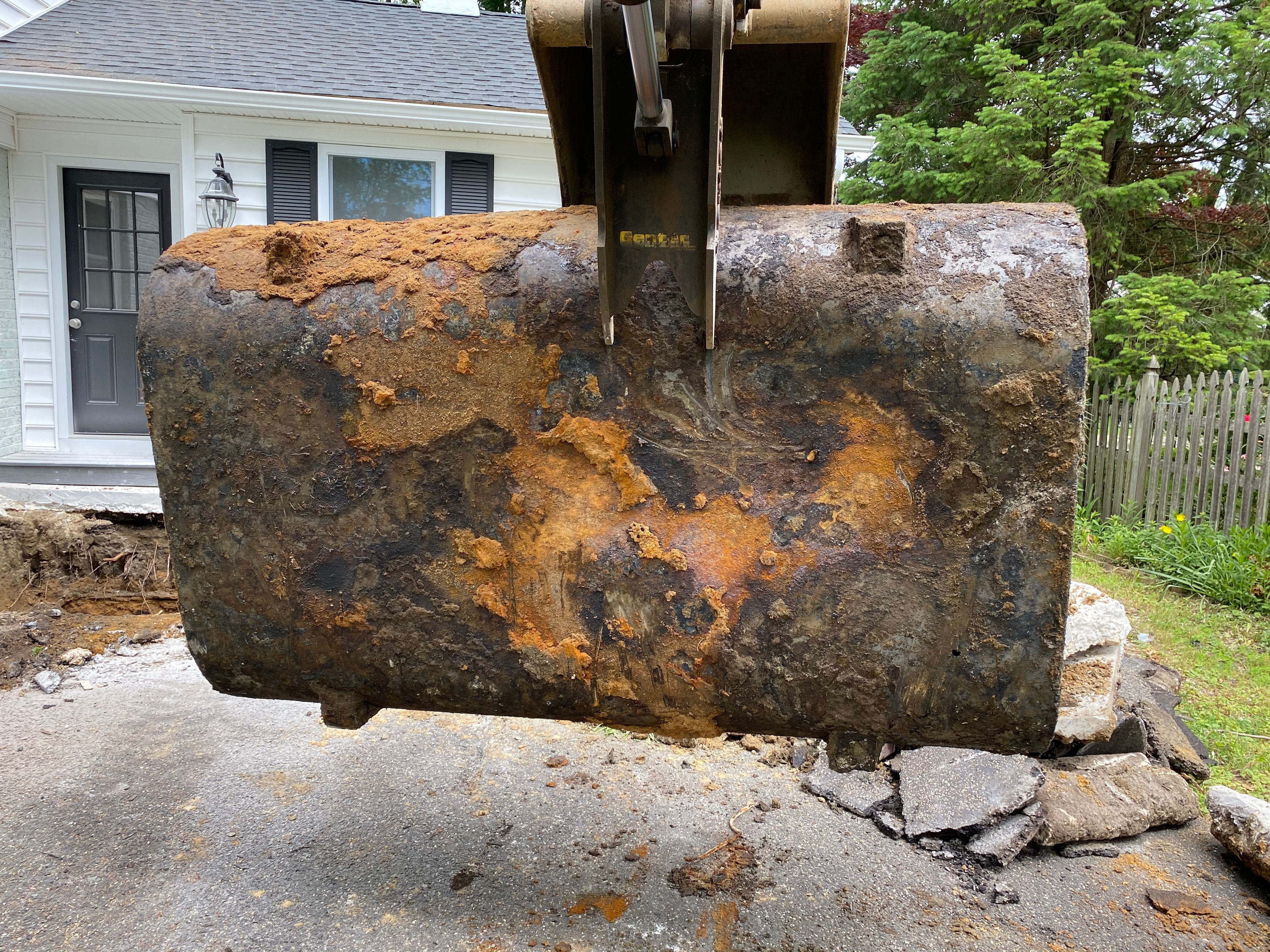
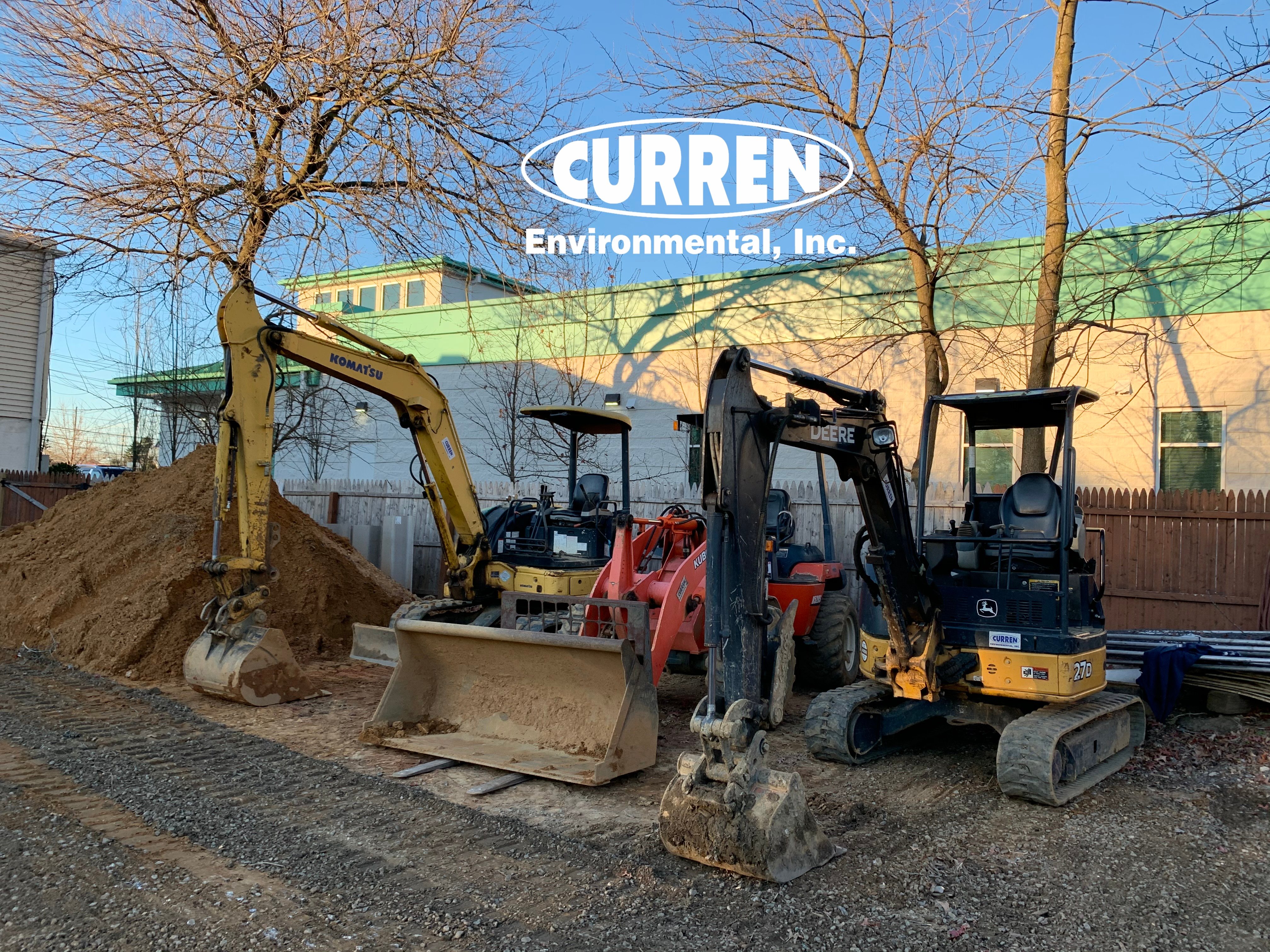
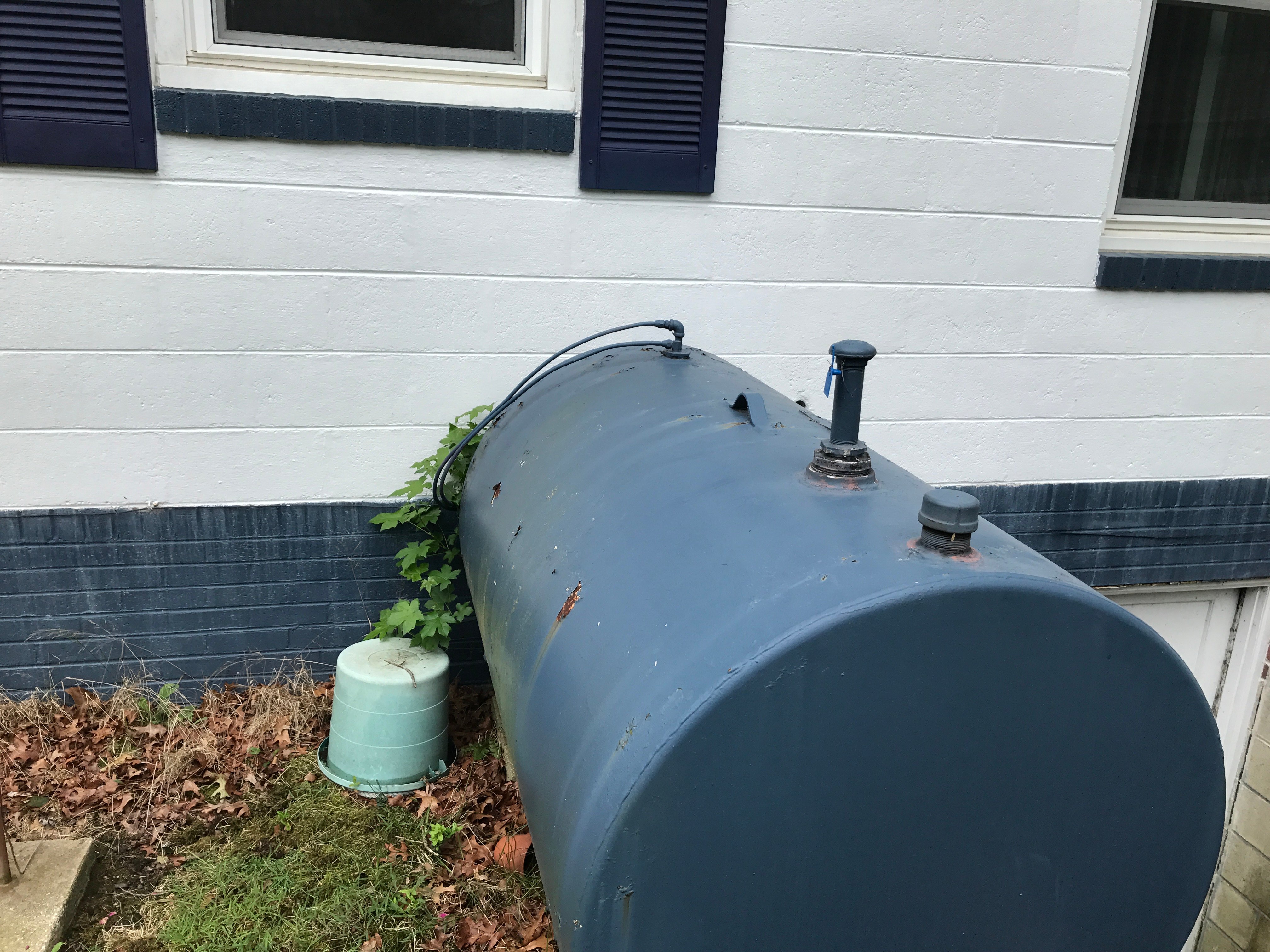
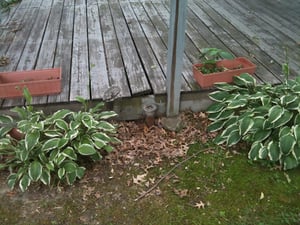 Fill Pipe
Fill Pipe